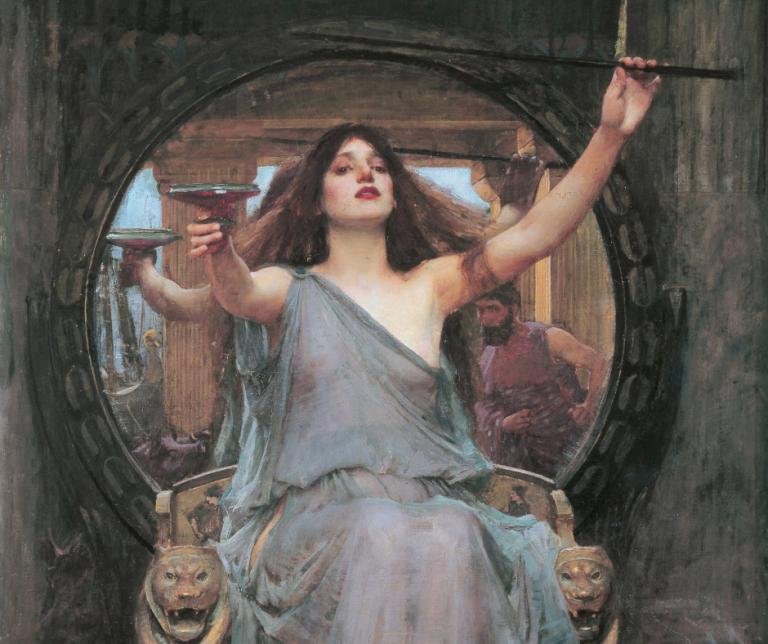

She was, however, the subject of one of the thirty-three Homeric Hymns, which gives the following description:Īnd next, sweet voiced Muses, daughters of Zeus, well-skilled in song, tell of the long-winged Moon. There is no mention of Selene as a goddess in either the Iliad or the Odyssey of Homer, while her only mention in Hesiod's Theogony is as the daughter of Hyperion and Theia, and sister of Helios and Eos. Surviving descriptions of Selene's physical appearance and character, apart from those which would apply to the moon itself, are scant. Statue of Selene from in white marble, second half of the 3rd century AD Also from Artemis, Selene was sometimes called "Cynthia", meaning "she of Mount Cynthus" (the birthplace of Artemis). Just as Helios, from his identification with Apollo, is called Phoebus ("bright"), Selene, from her identification with Artemis, is also called Phoebe (feminine form).

The Greek Stoic philosopher Chrysippus interpreted Selene and Men as, respectively, the female and male aspects of the same god. Mene and Men both derive from Proto-Hellenic *méns ("month"), itself from Proto-Indo-European *mḗh₁n̥s (meaning moon, the lunar month), which probably comes from the root *meh₁- ("to measure"), and is cognate with the English words "Moon" and "month". The masculine form of mene ( men) was also the name of the Phrygian moon-god Men. The Greek word mene, meant the moon, and the lunar month. In the Doric and Aeolic dialects, her name was also spelled Σελάνα ( Selána) and Σελάννα ( Selánna) respectively. The name "Selene" is derived from the Greek noun selas ( σέλας), meaning "light, brightness, gleam".
Horae goddess series#
Part of a series onĭetail of a sarcophagus depicting Endymion and Selene, shown with her characteristic attributes of lunate crown and billowing veil ( velificatio) Selene and Artemis were also associated with Hecate and all three were regarded as moon and lunar goddesses, but only Selene was regarded as the personification of the Moon itself. In post-classical times, Selene was often identified with Artemis, much as her brother, Helios, was identified with Apollo. Several lovers are attributed to her in various myths, including Zeus, Pan, and the mortal Endymion. She drives her moon chariot across the heavens. Also known as Mene, she is traditionally the daughter of the Titans Hyperion and Theia, and sister of the sun god Helios and the dawn goddess Eos. In ancient Greek mythology and religion, Selene ( / s ɛ ˈ l iː n iː/ Greek: Σελήνη pronounced, meaning "Moon" ) is the goddess and the personification of the Moon.

Hyperion and Theia, or Pallas, the son of Megamedes or Helios.įifty daughters to Endymion Pandia and Ersa to Zeus four Horae to Helios Musaeus Detail of Selene from a Roman sarcophagusĬrescent, chariot, torch, billowing cloak, bull, moon


 0 kommentar(er)
0 kommentar(er)
